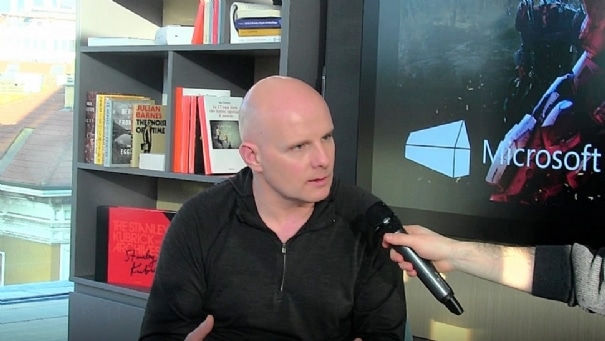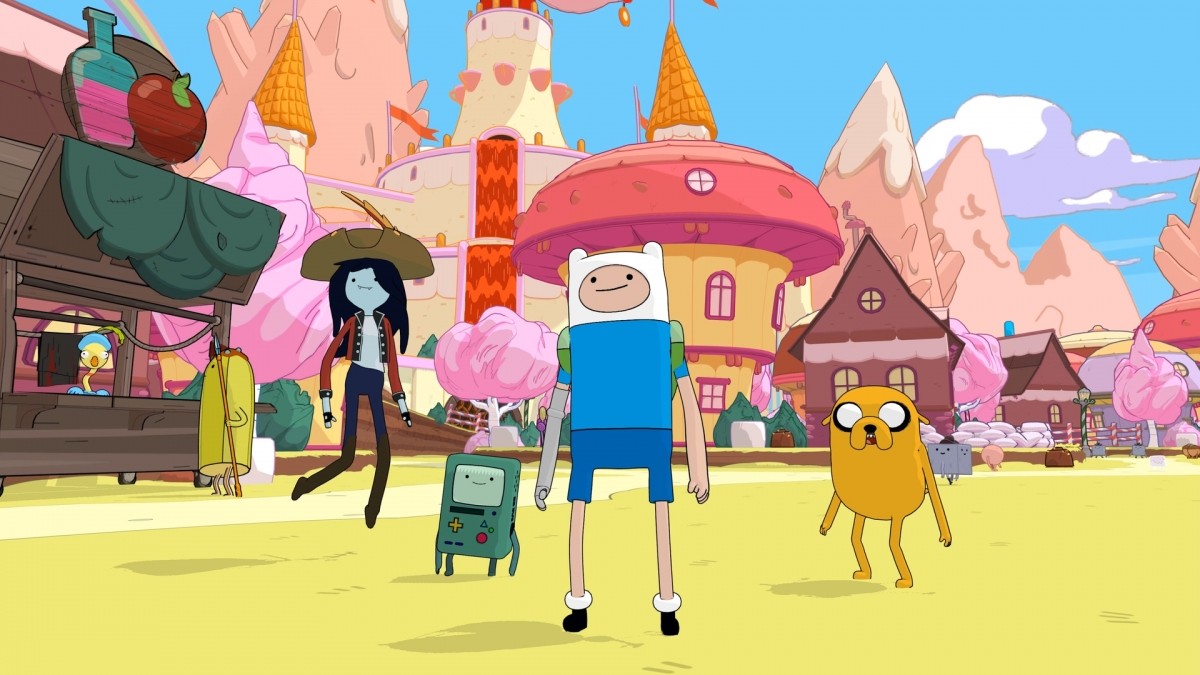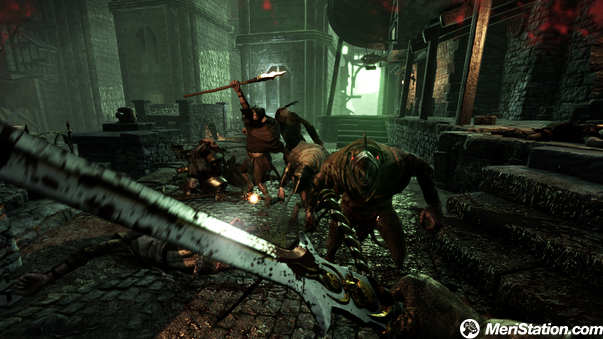Today, in all Halo Wars 2 stores ( here you find the review ), we have been Microsoftguests at Microsoft House in Viale Pasubio to interview Frank O’Connor, Halo’sFranchise Development Director who has been lucky and the pleasure of seeing the series from its
very beginning. Turning to the direction of Bungie and coming to that of 343 Industries, this figure has become a constant factor in the success of Halochapters , canonical or not.
We could not find a better person, therefore, to exhaust all our doubts about Halo Wars 2, a successful marriage between the world of Halo and RTS.
Spaziogames: Spaziogames.com Players Today we are fortunate to have with us Frank O’Connor of 343 Industries. We immediately start our interview with a fairly general question. Considering Halo Wars 2 as a marriage between RTS and Halo,
what are the elements of each genre that find a perfect match in the other? If I’m not mistaken, Halo’s first idea was just a strategic title for Mac.
Frank O’Connor: It’s not a coincidence that [ Halo ] works well as RTS, because the original game, before it was announced for Mac, was just a real-time strategy. The first Bungie game was an attempt to exploit this genre to start exploring a sci-fi setting.
Among the many characteristic elements of Halo there are, for example, symmetrical units for each species, such as Warhog and Ghost: they have different behaviors, but they are the counterparts of the other, just like in the strategic games or those of the cards. Here, this element was innate in Halo’s structure well before it became an FPS, and is one of the main reasons why, in its RTS version, the game also works.
SG : The Ensemble Studio guys did a good job with the first chapter of this spin-off series, but what are the elements you wanted to improve? What are the major improvements that the Xbox One hardware has allowed to bring to the series?
F. O’Connor: It’s been a long time since the first Halo Wars came out . It was the console RTS that recorded the best numbers. This was because he managed to make a genre, usually complex, much more accessible despite joypad controls. With the l
egacy of Halo Wars we knew that we had solved part of the challenges of this transition, but we knew better that we had to do much better, that we could not rest on what was done with a recent game.
Since we were working on consoles and PCs, we also had to make the game work well on both of the other platforms. So, when we were thinking about the developers who would help us set up the game, Ensemble had not been there for a long tim
e, but Creative Assembly was doing amazing things on PC. They could work on their own franchises, as they did with Alien Isolation, for example, and in 343 we were, and still are, great admirers of their RTS. When we first found out, the conversation focused primarily on how to make experience for consoles better and how to convey the feeling that PCs were playing at a title designed specifically for that platform so that no one could have ‘idea of playing a compromise.
SG : It took about 8 years to have a sequel to Halo Wars. Why did it take so long between the two games?
F. O’Connor : It was partly for generational change, we went from Xbox 360 to Xbox One. We have always had requests for a sequel to Halo Wars , but timing was mainly due to two causes and the first is that we were also moving to the PC wor
ld. We thought this was a good way to introduce the franchise to that audience.
In fact, it’s true, we’ve done some previous PC activity with Gearbox for the first Halo or for the second chapter on Windows Vista. This time, we wanted to give PC players the chance not to deal with compromises. The second reason is because finally Creative Assembly has stopped working on other franchises, and was available for this adventure.
SG : Creative Assembly is a great team of developers, how was it working with them?
F. O’Connor : Working with them is almost familiar, because I’ve been fortunate enough to have to deal with teams of this magnitude, not just for games, but also for action figures, novels and a lot of other things. In the past we have worked with Ensemble Stu
dios always with an RTS, among other things. Creative, on the other hand, have always been respected developers and could look at the series from an external point of view to say, “Do you know what would be nice to include in a Halogame ?” So, in a way that we, being too close to the series, could not. Then I can understand how to act on PC mechanics, without hurting the features dedicated to the console version.
SG : What’s the difference between telling a story about Halo Wars and that of a major chapter in the series?
F. O’Connor: Kevin Grace, who wrote the play script, will probably want to kill me, but it’s actually a bit simpler. You do not have to put narrative elements into the most immersive mechanics of an FPS, or let the characters in the gam
ing engine speak. In any case, the same effort and passion are important to create a fascinating story, but there are margins to create a more “readable” and straightforward story. Two completely different challenges, none of the easy ones, but certainly this is a little less complicated to accomplish.
SG: The fans demanded the bad guys and the bad guys came. Can we also expect them to return to other major chapters?
F. O’Connor: We have resumed the Brutes both from the chart and the canonical point of view, so you can certainly expect them to return to other chapters in the future.
SG: How important is Halo Wars 3’s narrative in the entire Halo universe? How did the idea of a character like Atriox come about?
F. O’Connor: The story tells the events that happened a month after those of Halo 5, when the Covenants are on the verge. So we wondere
d, not only during the creation of this story: “How is a country in chaos, where the command parts are gone?” You have strong men who start to emerge and take control. That’s exactly what is Atriox, a particular archetype of strong man, who created trust on the battlefield. We wanted to try to understand how a country, considering the C
ovenant a country, could once act in chaos and seek a strong leader. (And how fear can take hold of this kind of vulnerability.)
SG: Considering the video gaming scene of 2017, is it currently releasing a RTS on Console? Has the mechanics of Play-Anywhere that came to fruition during the development of the game stimulated this choice?
F. O’Connor: Actually it’s still a matter of timing, telling this story seemed to be drawn on the platforms we had available. The genre was decisive and it
was time to re-emerge. Real-time strategists travel through periods of cyclical appreciation, and I admit that we are lately in a downward period, but I think what people appreciate about our RTS is suitably expressed by other genres of success, such as the MOBA, Strategy, Dota or LoL, which do not really belong to the RTS genre. […] Time is conducive to these attitudes, people look for them, not to forget that we’ve put in everything we need to make the game accessible to those who have never played RTS.



